How the last man to see Sylvia Plath alive was punished for his quiet homosexuality
Art gallery curator brings the silent persecution of LGBT to light
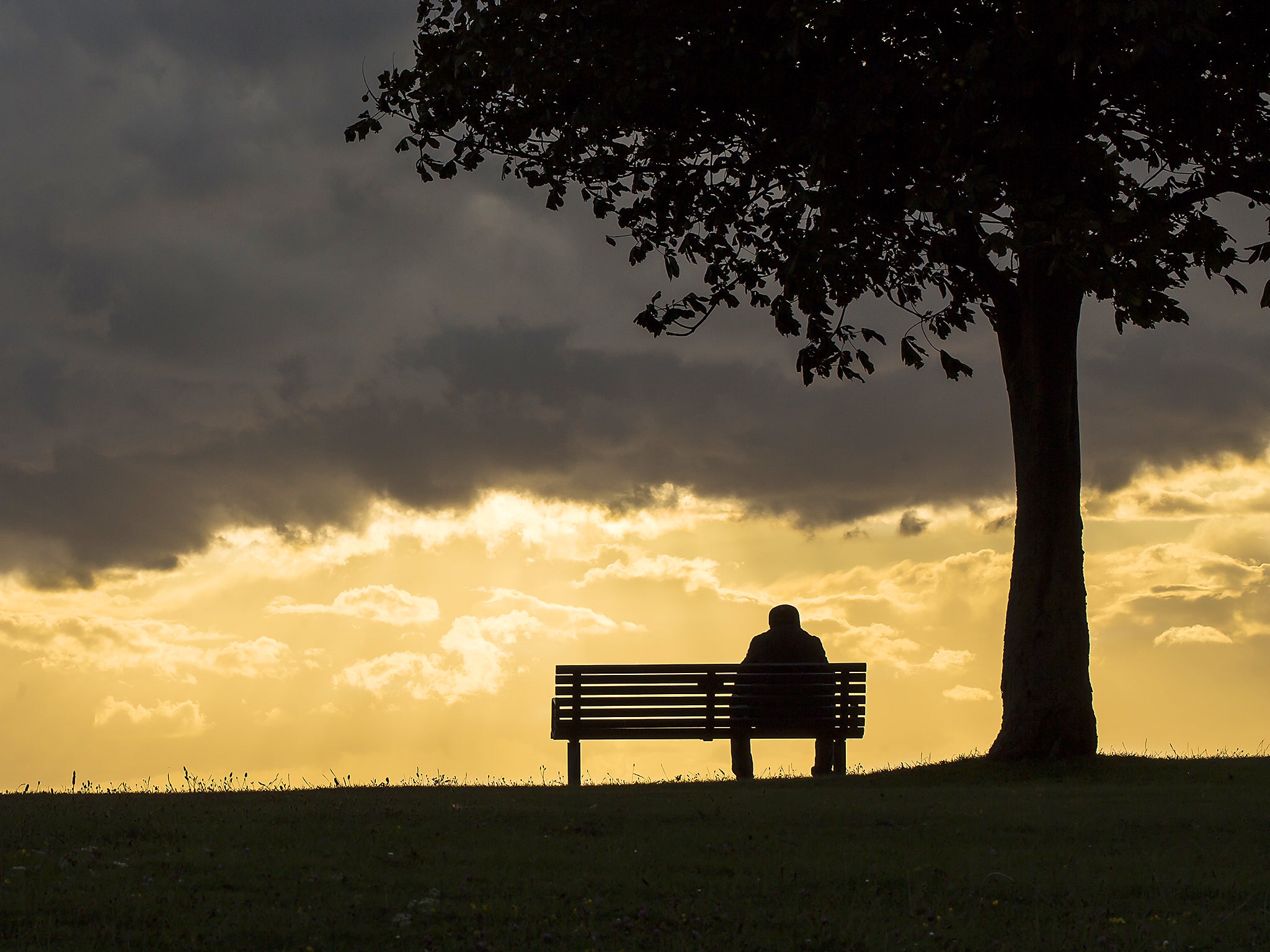
At the start of LGBT history month in February, the Government announced it would pardon 49,000 men of sexual offences for homosexuality. While this is an important nod to justice, it is also a reminder of everyday injustices suffered by LGBT people in Britain when it was still a crime to be gay.
Nearly 50 years ago, in July 1967, the government voted to partly decriminalise homosexuality for men over 21 years old. The illegality of homosexuality had ruined countless lives and careers – even of those who were not actually convicted of a crime.
One of those who fell foul of the law two decades earlier was the distinguished art historian and curator of Leicester Art Gallery, Trevor Thomas. His story is indicative of how others were treated and cautionary of how current injustices inflict harm.
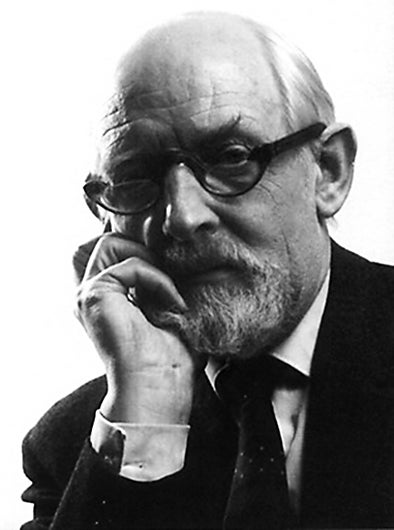
Thomas was a great supporter of German expressionist art, which ultimately resulted in Leicester possessing the best collection in the UK – around 500 pieces. In 1944, he organised a renowned exhibition at the Leicester Gallery. He had helped Tekla Hess, who was persecuted in Nazi Germany and her son Hans, who became Thomas’s assistant, to settle in Leicester. The Hess art collection formed the core of the exhibition. Patrick Boylan, director of Leicester Museums between 1972 to 1990, recalled that the exhibition was highly unusual and one of the first in the UK to show the work of German Expressionist artists, some of whom were in exile, during the Second World War.
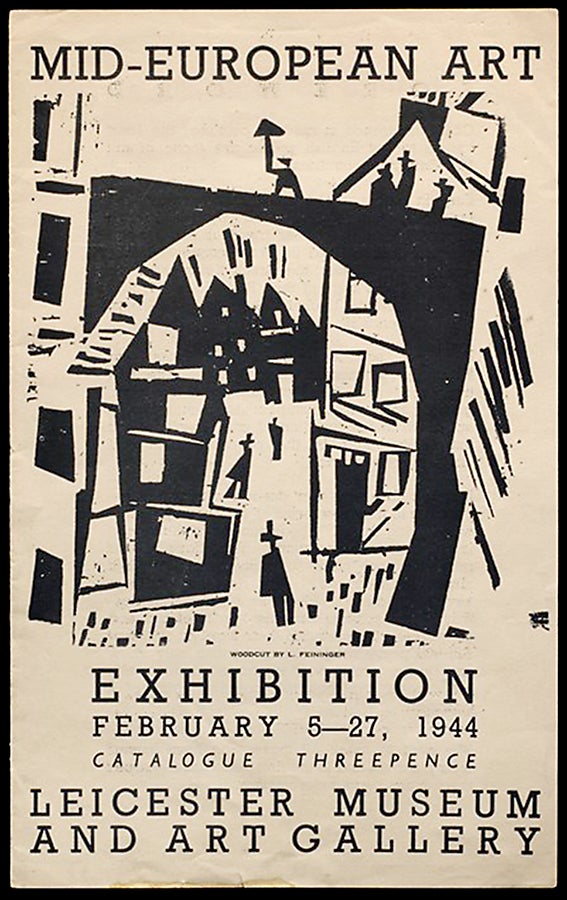
Falling foul of anti-gay laws
But Thomas’s quiet homosexuality soon got him into severe trouble. By 1946 there was a significant, very discrete, gay community in Leicester, including prominent people in public life and the arts. Most of the time, gay men were ignored by the police, but at times “cottaging” – anonymous sex between two men – could be severely punished. In an interview with the LGBT Oral History Project, Boylan recalled that Thomas and another man were arrested for allegedly looking at each other in a local public lavatory.
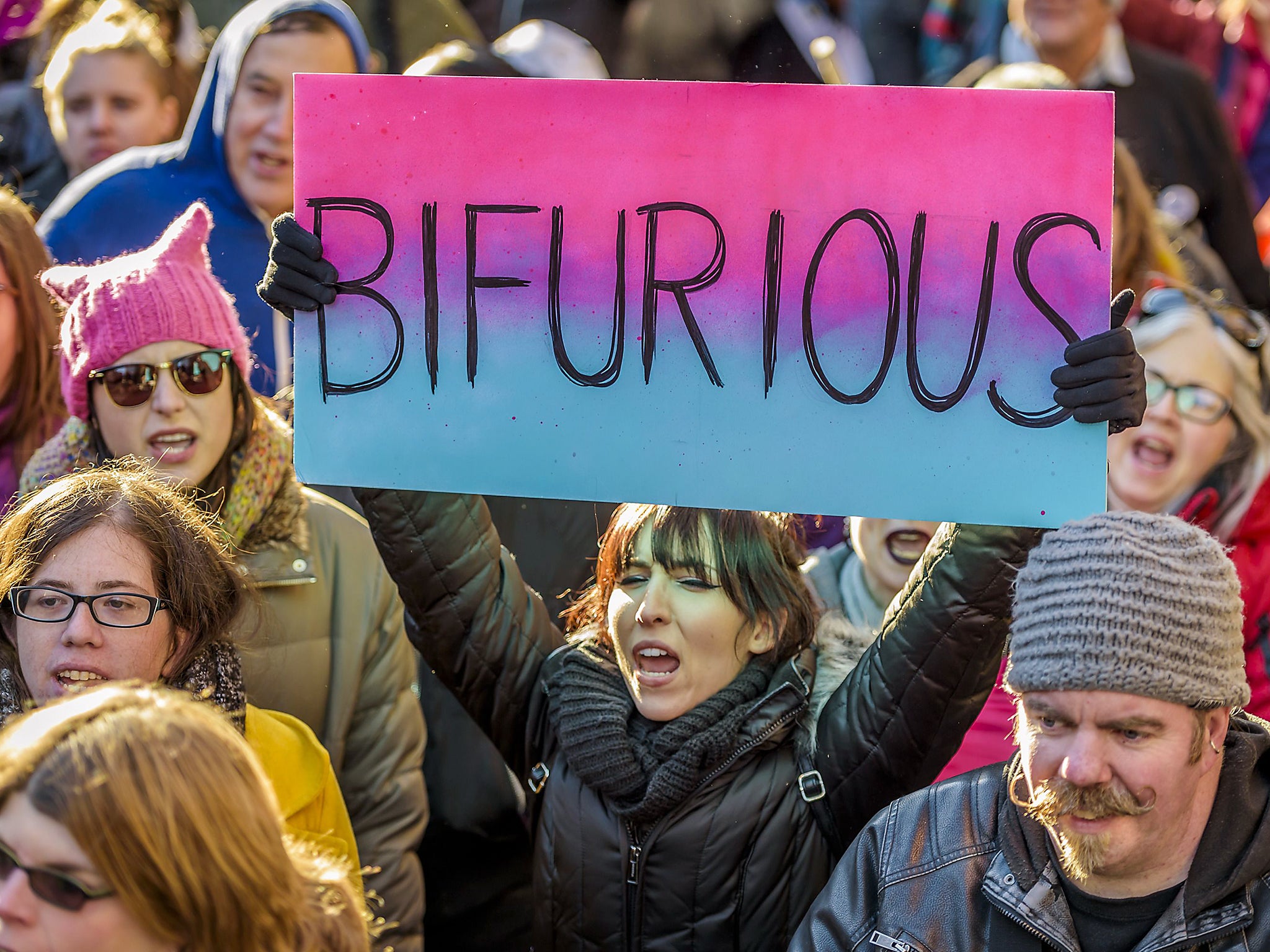
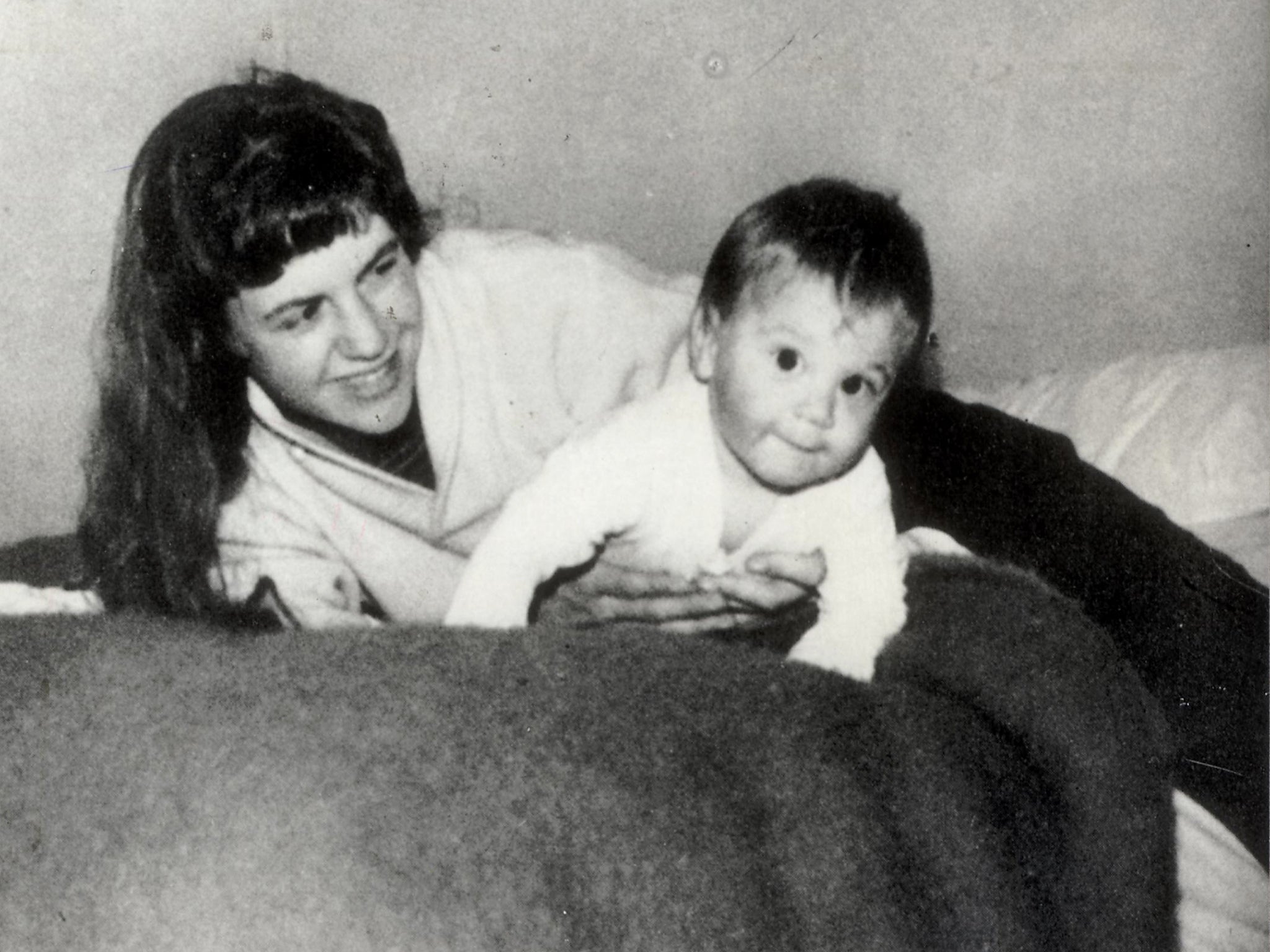
Thomas was ill-advised by his lawyers to plead guilty to “corrupting a young man”. But he was given a glowing character reference by Kenneth Clark, director of the National Gallery, who had expected Thomas to succeed him. But it was to no avail. Thomas was subjected to a tirade from the bench and thrown into a cell for four days. He was not actually convicted of any offence, though he was “bound over” – a punishment similar to an antisocial behaviour order today – to keep the peace for 12 months. But he lost his job.
Simon Lake, the gallery’s current curator, has explained how quickly Thomas was ostracised, receiving his dismissal notice from the assistant town clerk on the steps of the town hall.
Following his brush with the law, Thomas, like many gay men at that time, visited a psychiatrist, who advised him to marry – or, like the mathematician Alan Turing undergo “cure” treatment. Thomas did get married, and had two sons, though he later divorced.
Thomas lived abroad from 1949 to 1960, holding a number of prestigious posts, including with Unesco in Paris and professor at what is now University at Buffalo, part of the State University of New York. Returning to England in 1960, he became art director for Gordon Fraser greetings cards and from the early 1970s an active and respected figure in the Campaign for Homosexual Equality.
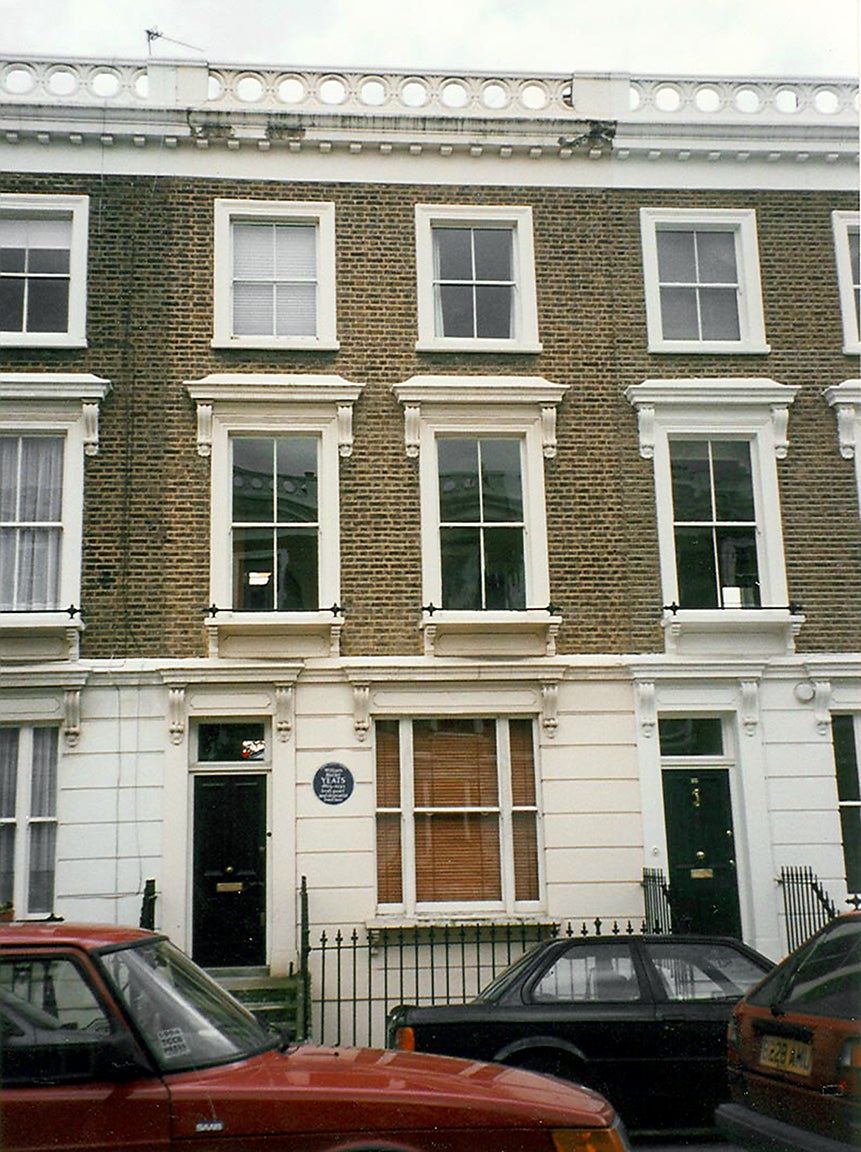
Plath’s neighbour
Thomas lived for a time in the flat below the American poet Sylvia Plath and her two children in north London. Their relationship was uneasy to begin with – partly, at least, because Plath had secured the larger flat that Thomas had hoped to rent.
Later, though, they developed a friendship of sorts. One afternoon, Thomas recalls in a short, privately published memoir, that they were reading The Observer, when Thomas chanced upon a review of The Bell Jar, by a certain Victoria Lucas. When Thomas said he thought it looked interesting, and that he intended to get a copy, Plath owned up to the authorship.
Thomas was the last person to see Plath alive. She borrowed some airmail stamps from him on the eve of her death, but he was not aware of the tragedy until the arrival of the emergency services the following day, as he had himself been overcome by gas fumes. He died in 1993. His life reminds us of the invisible persecution suffered by LGBT people in the UK.
rofessor in telematics at the Open University and lecturer in criminology at rhe Open University. This article first appeared on The Conversation (theconversation.com)
Join our commenting forum
Join thought-provoking conversations, follow other Independent readers and see their replies
Comments